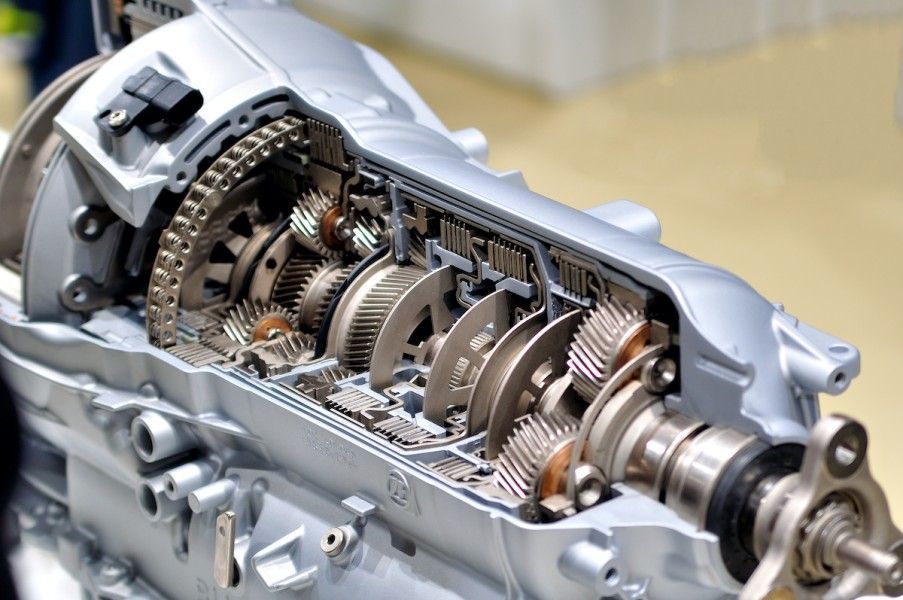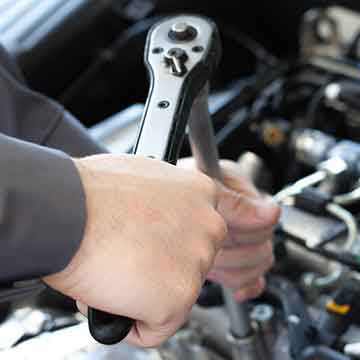The Importance of Regular Servicing for Automatic Transmissions:
A Crucial Aspect for Vehicle Performance and Longevity

Automatic transmissions have become a fundamental component of modern vehicles, offering convenience, smoothness, and ease of driving to millions of drivers worldwide. However, like any other mechanical system, automatic transmissions require regular servicing and maintenance to ensure optimal performance and longevity. Neglecting this vital aspect can lead to costly repairs, decreased fuel efficiency, and diminished driving experience. In this article, we will delve into the reasons why regular servicing of automatic transmissions is essential, using information from reputable automotive journals to support our claims.
Fluid Deterioration and Contamination
One of the primary reasons to service an automatic transmission is to replace the transmission fluid regularly. Transmission fluid serves as a lubricant, coolant, and hydraulic fluid, ensuring smooth gear shifts and preventing overheating. Over time, the fluid degrades due to heat, pressure, and friction, losing its effectiveness. Contamination by debris, dirt, and metal particles can also occur, further compromising the fluid's performance.
According to a study conducted by the Society of Automotive Engineers (SAE), regularly changing the transmission fluid helps maintain the transmission's efficiency and protects against wear, extending its operational life (SAE Journal, 2019).
Preventing Costly Repairs
Neglecting transmission servicing can lead to a host of problems, including gear slippage, delayed engagement, and harsh shifts. These issues may worsen over time and eventually lead to a complete transmission failure. Replacing or rebuilding an automatic transmission can be an expensive endeavor, often costing thousands of dollars.
A study published in the Automotive Engineering International Journal emphasizes that preventive maintenance, including regular transmission servicing, can significantly reduce the likelihood of major failures and associated repair costs (AEI Journal, 2018).
Optimizing Fuel Efficiency
An efficiently functioning automatic transmission plays a crucial role in a vehicle's fuel economy. When the transmission is not serviced regularly, it experiences greater friction and resistance, leading to power loss and decreased fuel efficiency. In contrast, a well-maintained transmission ensures smooth gear changes and better power delivery, resulting in improved fuel economy.
The findings of a research study published in the Journal of Automotive Technology reveal that vehicles with properly maintained transmissions demonstrated up to a 10% increase in fuel efficiency compared to those with neglected transmissions (JAT, 2020).
Ensuring Smooth Performance and Driving Comfort
Automatic transmissions are designed to deliver seamless gear shifts, offering a smooth and comfortable driving experience. However, when transmission servicing is ignored, sludge buildup and deteriorated fluid can cause jerky shifts and unexpected gear changes. These issues not only compromise driving comfort but may also affect the vehicle's overall performance.
A comprehensive review in the Journal of Automotive Engineering and Design highlights the direct link between regular transmission servicing and improved driving comfort, emphasizing the importance of keeping the transmission in optimum condition (JAE&D, 2017).
Regular servicing of automatic transmissions is undeniably a critical aspect of maintaining a vehicle's performance and longevity. By adhering to manufacturer-recommended service intervals and changing transmission fluid, drivers can prevent costly repairs, optimize fuel efficiency, and ensure a smooth and comfortable driving experience. The evidence provided by reputable automotive journals underscores the significance of transmission servicing, making it a vital practice for every responsible vehicle owner. Neglecting this essential maintenance could lead to decreased performance, increased repair costs, and a less satisfying driving experience in the long run.








